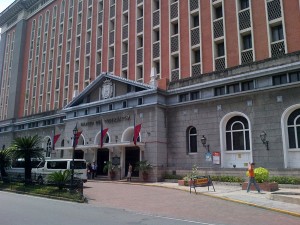Comelec wants early public scrutiny of source code for automated polls
MANILA, Philippines–The chairman of the Commission on Elections (Comelec) has announced the constitutional body is considering making available early to public scrutiny the source code of the automated election system (AES) that will be used in the 2016 balloting without waiting for international certification.
Comelec Chairman Sixto Brillantes Jr. said it would readily allow political parties and other groups to review the source code.
“If we are to use the existing AES, there’s already a source code for that, which is already in the Central Bank. We can just open it for review early,” said Brillantes in an interview with reporters.
He added that this would be in compliance with one of the recommendations of the Comelec Advisory Council (CAC) to the commission en banc.
The source code is the computer program that runs the PCOS machines.
During the 2013 elections, it took the Comelec some time to open the source code for public review following a legal dispute between ex-business partners Dominion Voting Systems and Smartmatic International, the automated elections system contractor of the Comelec.
The Comelec only acquired the source code of the PCOS machines four days before Election Day on May 13, which gave political parties less than two days to assess it. Several sectors had clamored for a review of the source code to ensure the credibility of the elections.
The Election Automation Law requires the Comelec to make the source code available and open to any interested political party or groups, which may conduct an independent review.
For the next balloting, the CAC advised the Comelec to institutionalize and to allow an early review of the source code of all components of existing technologies that shall be used or reused in future elections.
The council particularly noted that the review must be allowed immediately after the selection of the technology without waiting for the international certification entity to complete its own appraisal and authorization.
